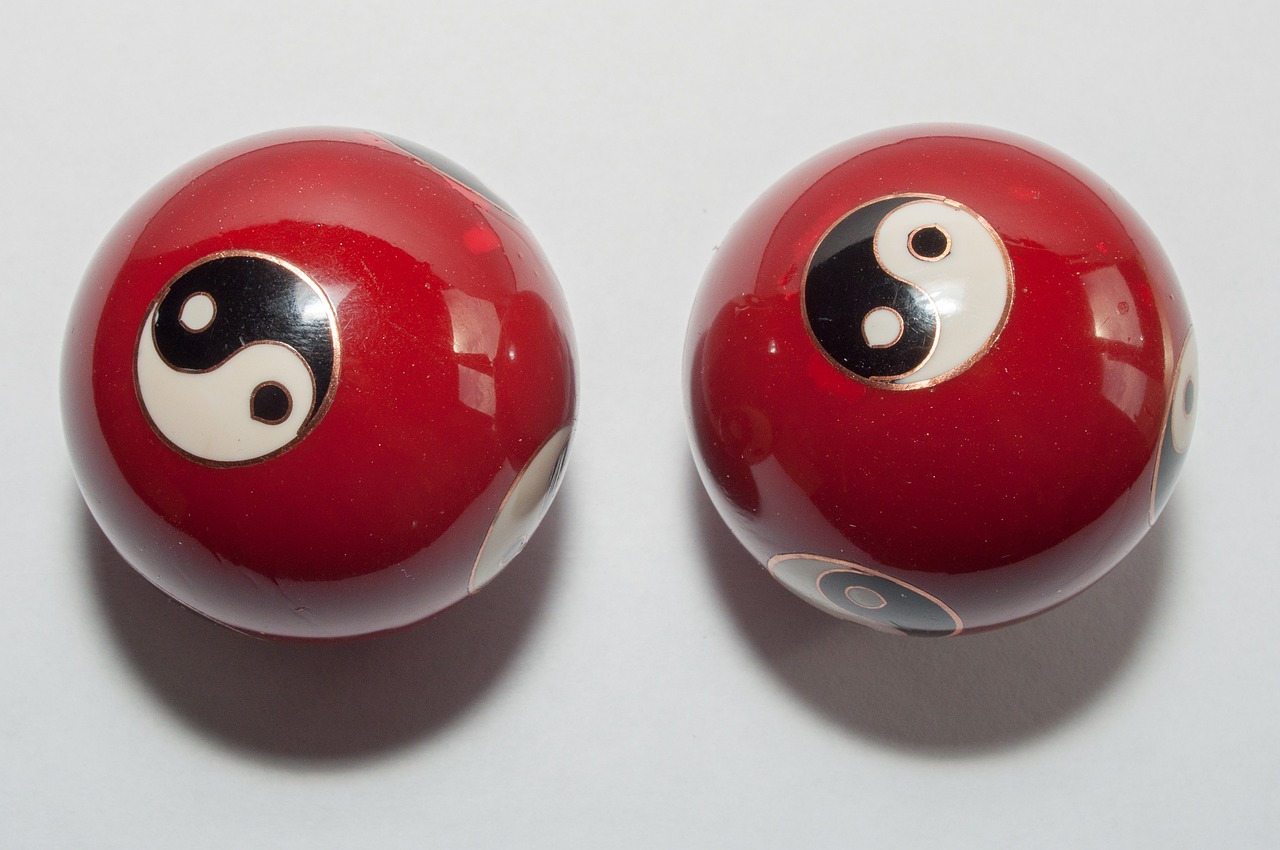Quan Yin, a name that translates to “One Who Sees and Hears the Cry from the Human World,” embodies deep compassion and maternal qualities. Known in China as “She who always observes sounds,” she represents the divine listener of prayers and pleas. Often depicted with eleven heads, she is affectionately called Sung-Tzu-Niang-Niang, which means “lady who brings children.” This goddess is revered for her attributes of mercy and fecundity, particularly embraced by women seeking comfort and guidance in their lives. As her influence has expanded over centuries, Quan Yin has also become a guardian for seafarers, farmers, and travelers. She is believed to aid souls in the afterlife, invoked during post-burial rituals to liberate the departed from the hardships of purgatory.
Temples devoted to Quan Yin are widespread throughout China, with a stronger following among women in the southern regions. Worship takes place notably on the 19th day of the 2nd, 6th, and 9th lunar months. In Foochow, there is a cultural custom where relatives of a daughter, who has been married for over a year without bearing a male child, send gifts on a fortunate day between the 5th and 14th day of the first month. These offerings include a paper lantern featuring Quan Yin with a child, a wish for a son, as well as items such as oysters, rice cakes, oranges, and garlic. Devotees typically seek blessings for sons, prosperity, and protection.
Quan Yin is recognized for her ability to bestow children—most often sons, but daughters of extraordinary beauty if requested—providing solace during distress, and guiding fishermen through troubled waters, often illustrated as “crossing the waves” in various artistic renderings. Her main temple, located on Putuoshan in the Chusan Archipelago off the coast of Zhejiang, serves as a significant pilgrimage location, celebrated by Buddhists. This site gained prominence as it is believed that she lived there for nine years as the sovereign of the Southern Seas. The island’s full name, P’u t’o lo ka, originates from Mount Pataloka, where, in her form as Avalokiteshvara, she watches over humanity. Miao Feng Shan, known as the Mount of the Wondrous Peak, draws numerous pilgrims who use joyful sounds and fireworks as offerings during their prayers. The first Quan Yin temple on Putuoshan was established in 847, and by 1702, the island boasted hundreds of temples and monks, hosting countless visitors. However, in 1949, it had significantly decreased to 140 monasteries and temples.
No other entity in the Chinese spiritual realm presents such a diverse array of depictions, reportedly encompassing thousands of representations. Quan Yin is typically envisioned as a graceful, bare-footed woman in flowing white robes, with a hood covering her head, holding a small vessel of sacred dew. In her Lamaistic manifestations from eighteenth-century China and Tibet, she might appear entirely nude. Known for her elegant stature, her serene features express profound selflessness and compassion, which renders her a beloved figure among deities. Artistic portrayals range from her seated on an elephant, standing on a fish, or nurturing a baby, to variations depicting her with six or even a thousand arms, reflecting her dedication to alleviating the suffering of others. Often pictured riding a mythical creature resembling a Buddhist lion, known as the Hou, she embodies the supreme divine authority over nature. A distinctive feature across all representations remains her bare feet.
In public altars, Quan Yin is usually accompanied by two attendants: to her right, a barefoot youth known as Shan-ts’ai (Golden Youth) with hands clasped in prayer, and to her left, Lung-nü (Jade Maiden), a demure maiden with her hands gathered inside her sleeves. Her main celebration occurs on the nineteenth day of the second lunar month, yet she is fortunate to have three significant birth celebrations: the nineteenth of the second, sixth, and ninth months. The many transformations and narratives surrounding her figure have contributed to her status as a paragon of Chinese beauty, where referring to a woman or girl as a “Kwan Yin” is seen as the utmost expression of grace and loveliness.



